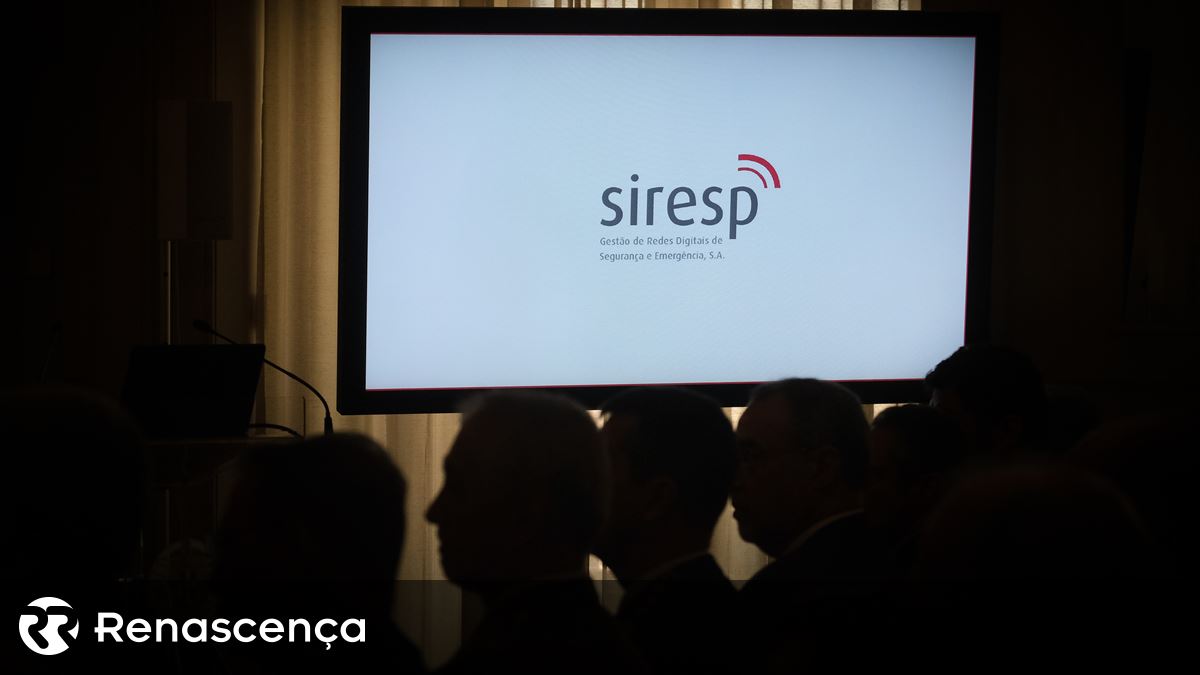LemFi moves remittances further into Asia and Europe with $53M in new financing
For many emerging market economies, remittances have become a lifeline. According to World Bank research, inflows will exceed US$669 billion in 2023 and currently account for a large portion of these countries' GDP, often surpassing foreign direct investment and becoming the main source of foreign exchange.
Despite fierce competition from new technology challengers, traditional banks and agents still have a firm grip on the remittance market, accounting for more than 60% of the market share. Some of these challengers (such as Remitly) have gone public, while others (such as Zepz and Taptap Send) remain private – all vying for the remaining shares.
LemFi, a London-based financial services platform designed specifically for immigrants, is one such new player. The company has now received $53 million in new funding, which it will use to work on acquiring more customers and further expand into more countries.
Since launching in 2020, LemFi has grown rapidly by helping the diaspora community in North America and, most recently, Europe, send money to emerging markets in Africa, Asia, and Latin America. The four-year-old fintech company has more than 1 million active users who rely on its multi-currency accounts to transfer money to friends and family in Nigeria, Kenya, India, China, Pakistan and 15 other countries.
Last week, the company expanded into Europe by partnering with embedded finance provider Modulr. The partnership will help LemFi launch operations until it obtains a license next month following the acquisition of a company in the Republic of Ireland. With this move, LemFi (whose revenue comes from transaction fees and FX spreads) now operates in 27 sending markets and 20 sending countries.
One way the company is gaining attention is through aggressive fraud detection. A recent report said people who send money abroad are nearly four times more likely to become victims of financial fraud than those who don't.
“Fraud can significantly drive up costs. Higher costs often mean they are passed on to customers through additional fees. We manage to keep fraud rates extremely low, allowing us to offer our customers the best possible prices.” LemFi co-founder and CEO Ridwan Olalere said in an interview with TechCrunch.
“So we've built a brand and a reputation in certain communities, and our user experience, that makes our customers recommend it to their friends. That helps us stand out in such a competitive market and grow faster than you can expectations.” About 70% of LemFi’s earliest customers are still using the platform, and 60% of its customer base is active every year.
Last April, when we reported on LemFi's expansion into Asia and its broader strategy, Olarere revealed that the fintech company would surpass $2 billion in annual transaction volume by 2023. Fast forward to now, and the remittance platform handles half that amount ($1 billion) per month. Olalere told TechCrunch in a recent interview. He attributed the surge to strong adoption in the Asian corridor, with monthly TPV revenue reaching $160 million and growing 30% sequentially in the first year of launch.
Olalere also said the company has doubled its users, revenue and transaction volume over the past two years, which has played a role in attracting investor interest and confidence. This growth momentum has led to a Series B funding round led by Highland Europe, a London-based growth stage investment firm that supports startups with annual revenue in excess of €10 million.
According to Olalere, the round took just four months to close and also saw participation from existing investors Endeavor Catalyst, Left Lane Capital, Palm Drive Capital and Y Combinator, bringing LemFi's total funding to $85 million.
LemFi will use the funding to expand its products, expand its payment network licenses and partnerships to offer hyperlocal services, and recruit talent for its next phase of growth. The company currently has more than 300 employees in Europe, North America, Africa and Asia.
“While regulation remains complex across markets and we have more stakeholders to deal with, scaling up has become much easier for us because we have adaptable technology that can be easily plug-and-play Different payment methods and schemes,” Olarere said. LemFi and Chief Financial Officer Rian Cochran noted. “We therefore intend to enter as many immigration markets as possible and from this year Europe will be our focus.”









